The evolving Cape Dutch aesthetic
The phrase: ‘modern winery’ may give many of us chills; conjuring up images of a once verdant landscape blighted by chrome and cement.
Though, in the Cape Winelands, your eyes may just be pleasantly surprised. The majority of the so-called modern wineries have actually followed the sloping lines of the Cape Dutch aesthetic by marrying modern design to the naturally undulating wineland setting. In contrast to urban developments, where the hard lines of industry stack up neatly together like an oversized Tetris game, wine estates—due to the very nature of their trade—will, well be found in natural settings. And good design, regardless of genre should follow function.
Coffee-table book (should really be wine-table no?) Modern Wineries of South Africa, though not new, is well worth a page through. Written by Hugh Fraser and beautifully shot by Craig Fraser, it depicts the changing landscape of wine estate buildings as they shuck the gables and thatch roofs in favour of more pared down designs.
But this doesn’t mean history and heritage have been given the cold cornice; in fact architects have literally drawn on the influences of Cape Dutch architecture. You’ll find the historic thread running through the use of low walls resembling ‘werfs, sloots running along walls, large fireplaces, constructed with materials such as stone and wood; and of course in finishes such as gable-ended buildings and curved roofs.
Let’s take a look at some shall we?
Steenberg Wine Farm
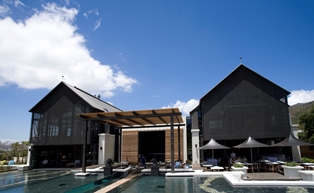
Steenberg’s bright and shiny wine wonderland has been designed so that each element of the operation is visible. The wine tasting area—with its impressive light of hanging glass grapes—neatly spills into the outside lounge and bistro. With views of either mountain and vineyards on the one side; or guests can look into the modern cellar filled with glinting steel vats.
Delaire Graff Estate
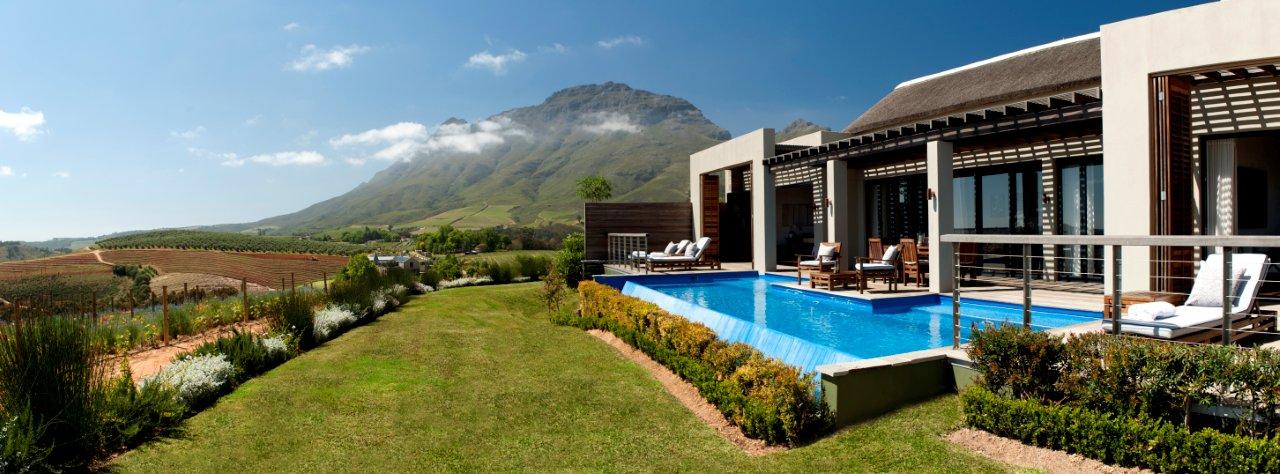
A prime example of modern Cape Dutch architecture, the estate is situated on a steep slope and its design maximises the incredible vistas over Helshoogte. The wine estate itself is a contemporary South African art gallery featuring many works by local greats including Lionel Smit portraits, Dylan Lewis sculptures and most notably, the iconic Chinese Girl by Tretchikoff.
Almenkerk
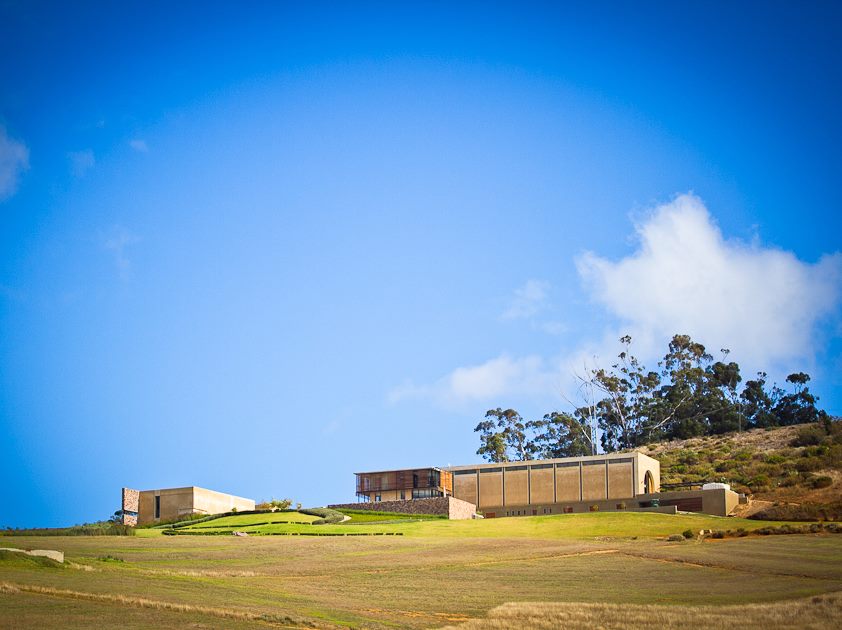
Positioned on south-facing slopes, the winery is fragmented into a few block-style buildings—and has been hailed as a raw structural response to the landscape.
Waterkloof
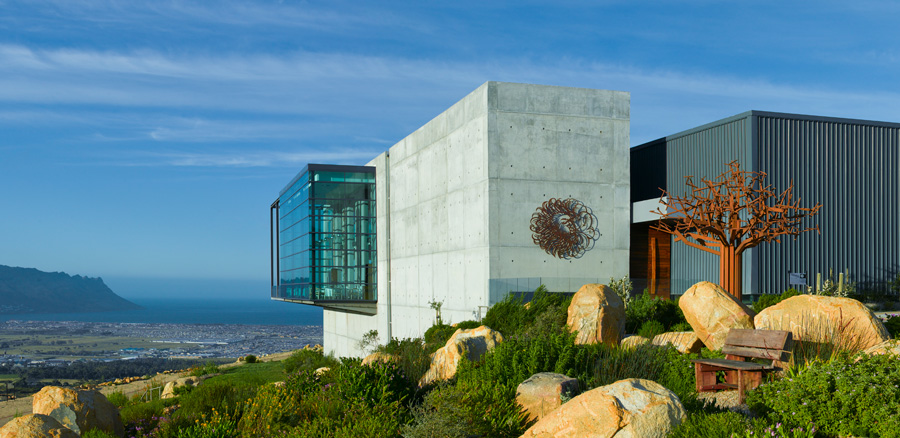
Billed as the ‘cellar in the sky’ the winery is encased in a glass and concrete sphere, featuring magnificent views of mountain, vineyard and even of the coast. Waterkloof says its design is based ‘around virtues that echo our winemaking style, such as honesty and transparency’.
Waterford
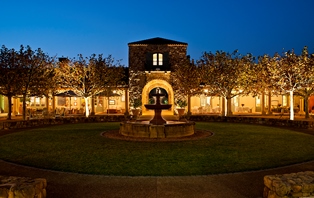
This wine estate has combined old world sensibilities with new: inspired by the terracotta design of the classic Bordeaux chateaus of France, the look was created from local bedrock, stones from the vineyard and timber grown on the estate.
To sum up, this quote from Modern Wineries of South Africa says it best: ‘Good architecture and good wine have much in common. Although architecture may be of a more permanent nature – wine being rather more quickly consumed – both are manifestations of science and technology, art and culture.’ – Al Stratford President of the South African Institute of Architects.
***Modern Wineries of South Africa also featured previous Great Wine Capitals Best of Architecture winners. The 2016 winner will be announced on the evening of 12 November 2015.
The past winners, in the category of Architecture & Landscapes for the Best Of Wine Tourism Awards, were:
2004:Rustenberg
Vergelegen
2005: Dornier
2006: Van Loveren
Uitkyk
2007: Vergelegen
Lourensford
2008: Rustenberg
2009: Rustenberg
2010: Grande Provence
2011: Steenberg
2012: Waterkloof
2013: Waterkloof
2014: Babylonstoren
2015: Babylonstoren
- Malu Lambert